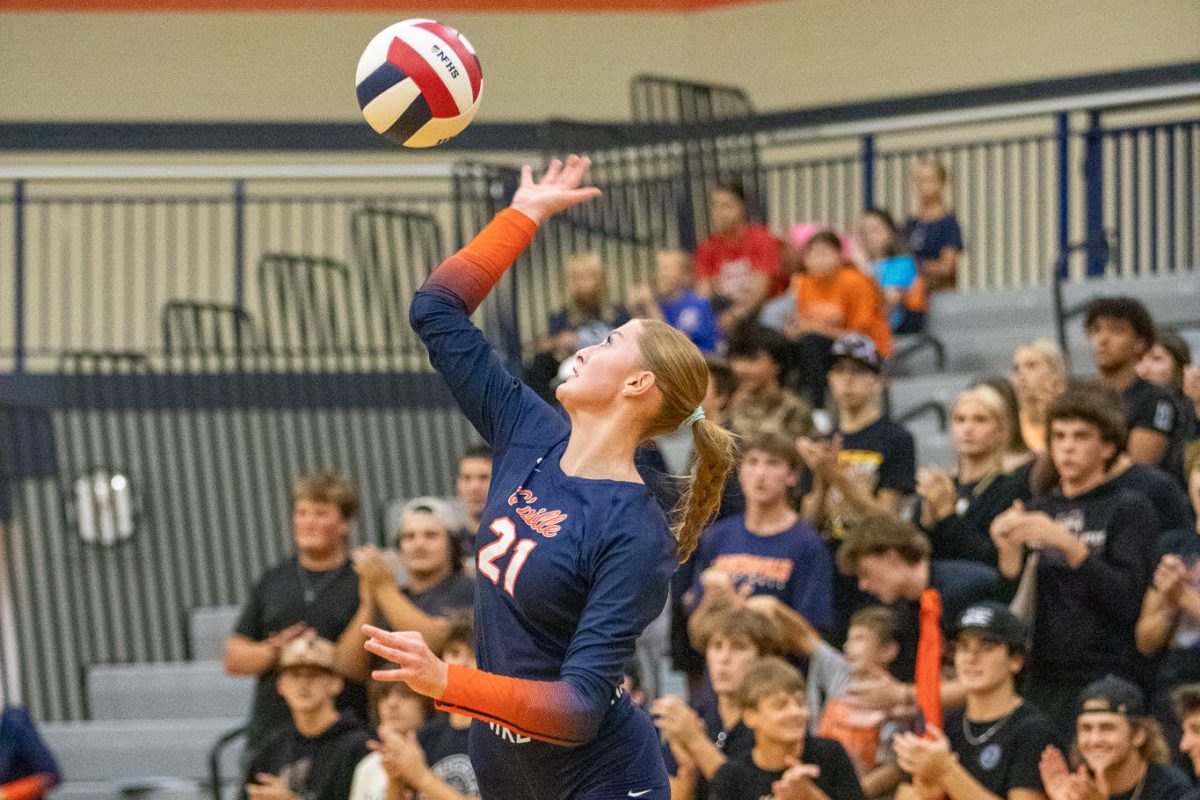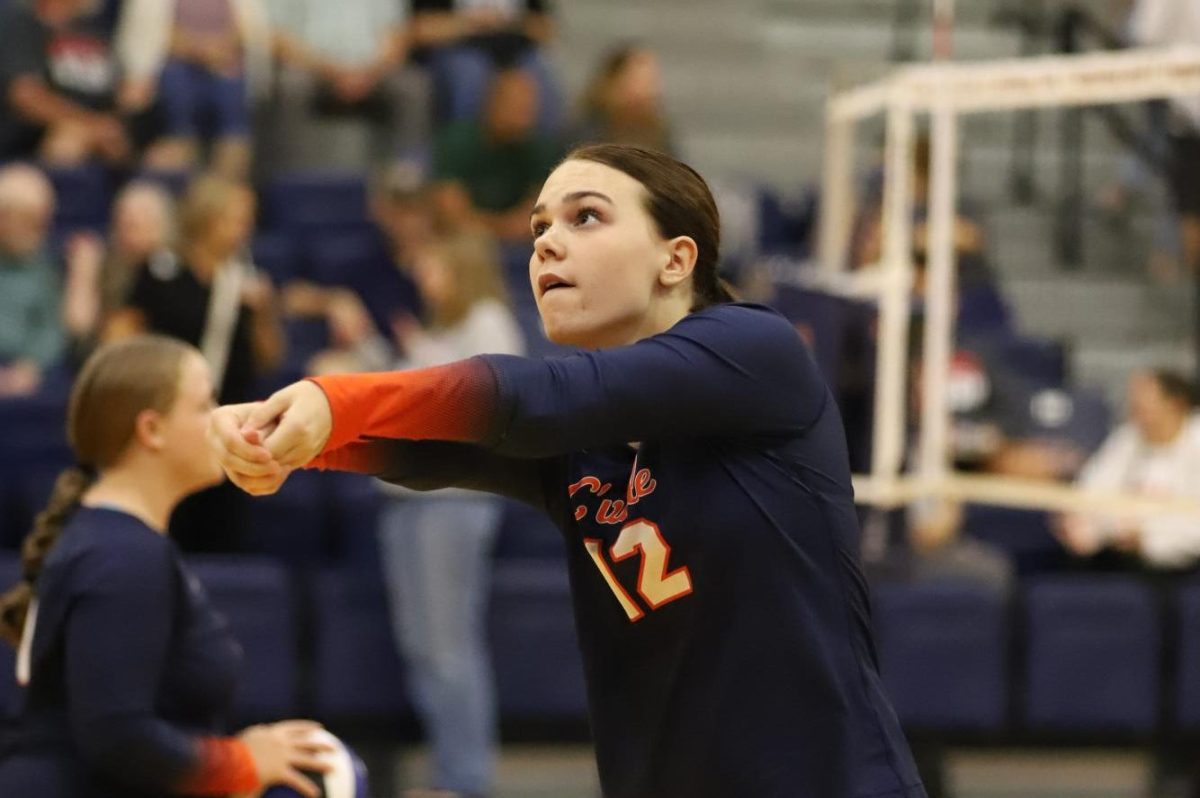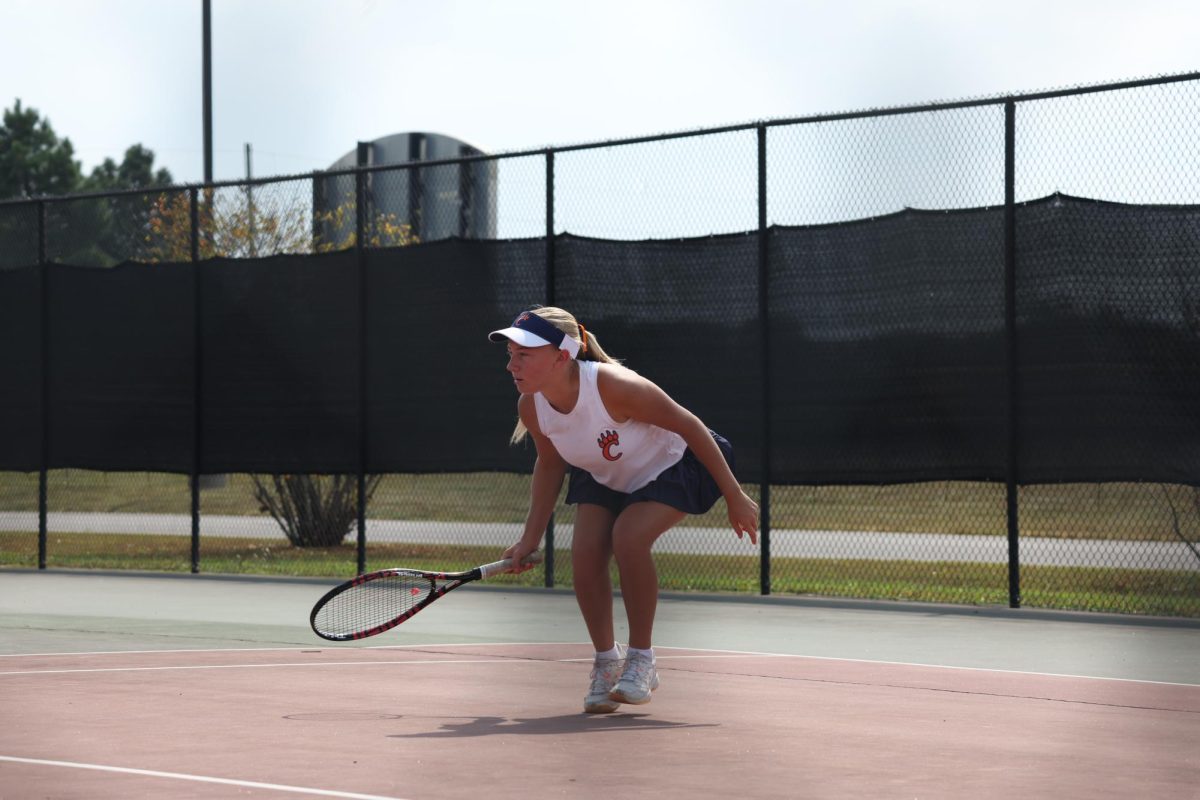Since the 1970s, a serpent has lingered on the football field, striking its victims. That serpent is known as the turf monster. This monster was first discovered in 1966 when the Oilers, known as the Tennessee Titans now, were playing on a new field in a stadium called the Astrodome. Since the stadium was indoors, they would not be able to grow a grass field inside. Because of this obstacle, they had to come up with new ideas on how to make a field inside a stadium. Two men by the names of James Faria and Robert Wright theorized and created artificial turf that had little to no maintenance, longevity, and an aesthetically pleasing look known as astroturf. Since then, many teams from all different sports switched to turf.
As time went on, injuries on turf fields grew higher and higher. As of 2023, non-contact low-extremity injuries on turf are 28% higher than injuries on grass according to the NFLPA. NFL players have been speaking out about their opinions on turf since the rise of injuries on turf. Super Bowl champion and 6-time Pro Bowl selection Jason Kelce says “Just get rid of the turf, we need to get rid of turf altogether, and I don’t want to hear ‘It’s an indoor stadium’. They make UV lights, you can grow grass inside. Just stop it, we went through this with astro turf back in the day and it ruined guys’ careers” after his brother Travis Kelce suffered an ankle sprain on the road against the Vikings on slit-film turf.
Many other players have addressed their opinions on the turf monster. At the beginning of the season, Aaron Rodgers, quarterback for the New York Jets, tore his achilles during the season opener of the season. His left foot was caught by the turf pulling his foot causing him to tear his achilles. After this season-ending injury, a study was done and stated that the risk of an achilles, calf, or ankle injury on turf is 16% higher than it is on grass.
Yes, turf needs little to no maintenance to maintain, costs less in the long haul, and has a long life, but the most important part is does it keep other players safe and prone to fewer injuries in the future. Turf does not meet that requirement. Grass fields are much better at keeping players safe. It might cost more, but safety matters the most. For one cold-weather NFL team to have a grass field it would cost 2 to 3 million U.S dollars each year to maintain while turf fields cost 1.25 million to maintain. This might seem like a lot but the average NFL team brings in around 126 million dollars annually, with the Dallas Cowboys being the highest bringing in 460 million dollars, and the lowest number in revenue coming from the Buffalo Bills making 65 million dollars in profit. These numbers are high but do not even come close to or compare to the NFL. The NFL’s revenue from last year is a staggering 18.6 billion. Each team’s revenue differentiates on location and fanbase.
Another argument and obstacle of grass fields is indoor stadiums. With the technology now, stadiums are able to have retractable roofs. Stadiums can also move their fields outside using railroad cart wheels. Building this new stadium cost $1.9 billion. The most expensive stadium is the Las Angeles Chargers and Rams SoFi stadium in Inglewood, California, costing $5.5 billion, and the Green Bay Packers; Lambeau Field having the cheapest stadium coming in at around $1 million. The average build price for an NFL stadium is around 1.5 million dollars. This cost depends on building location, square footage, material, technology, insurance, dirt work, machinery, etc. There are many aspects that come into determining the price of an NFL stadium. The NFL says some artificial turf fields are safer than some grass fields. This claim is just flat-out wrong. Many studies have been done and have proven that injury rates on artificial grass are way higher than injury rates on grass as shown above. Turf has been around for a while now and has moved to many other sports. The turf problem in the NFL needs to be the top priority for football as a whole but they keep pushing it away when many athletes have addressed their feelings against turf. Athletes’ health is more important than money.










